9 Must-Do Garden Tasks You Need to Tick Off Before August Ends – Make Sure You Tackle These Jobs Before Summer’s Up!
Flowers and crops may reach their peak in high summer, but there are plenty of cultivation tasks that demand attention. Make sure you sort these August gardening jobs
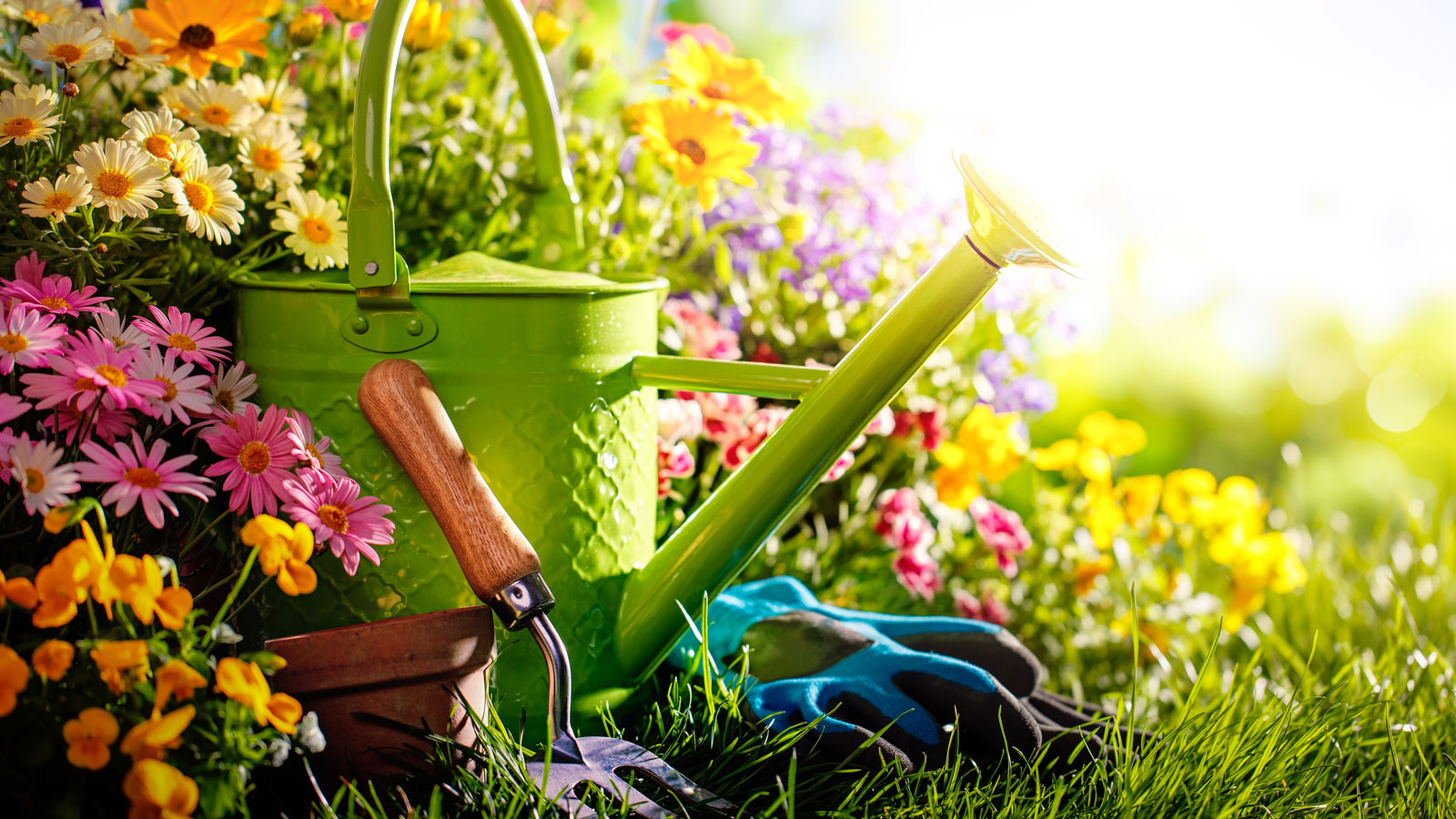

The end of August, and the end of summer, can be a bittersweet time for gardeners. Your hard work has paid off, and you can enjoy the fruits of your labor, from actual fruits and veggies to be harvested, to late summer and fall flowers. However, you’re aware that things are about to quieten down in your yard. That said, there is a lot you can do now to set up the next phase of activity in the garden.
Now is the time to carry out some essential August gardening jobs before fall really begins. You probably make time for deadheading and cutting back key plants, but there are plenty of other things you can do, from dividing perennials to weeding. What you do now helps maintain your garden for as long as possible into fall, as well as setting things up for next year’s spring checklist. Make sure you tick off these essential end-of-summer gardening tasks for August to get in gear for another year.
1. Harvest Vegetables
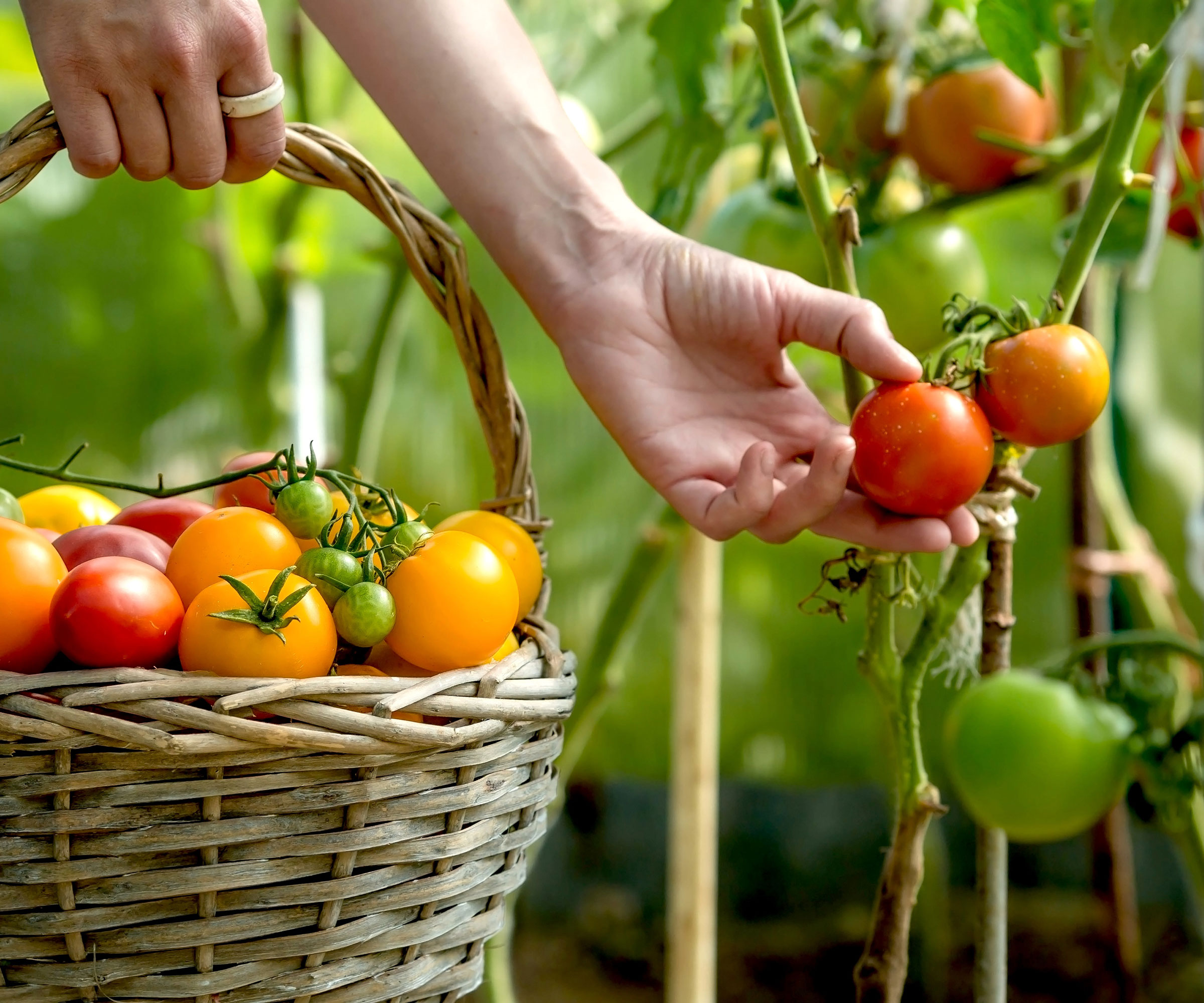
This is one of the yummiest gardening jobs for August. This month is the best time for harvesting garden veggies, so devote plenty of time to this task now. Make sure you’re harvesting everything that is at its peak in your vegetable garden. If you let some of your crop languish in the vegetable bed, two things are likely to happen: veggies will become overripe, or they will be eaten by wildlife.
Allowing for varietal variations, you can expect tomatoes, eggplants and peppers to be ready to harvest during August. You can also harvest sweetcorn, cucumbers, beans, bok choy, collards and carrots, amongst others. Make sure you have plenty of good storage options for everything that is ready to harvest now. If you’re running out of storage, be a good neighbor and share some of your harvests with others!
If you’re looking for a versatile tool for lifting, Fiskars Ergo Cultivator from Amazon can help with soil aeration and weeding as well as digging. Also, if you get a glut of fruit harvests and need a neat, practical and space-saving way of storing them, the Habau Wooden Stackable Storage Bins from Amazon are stackable, sturdy, and great for maintaining airflow.
2. Collect Seeds from Annuals
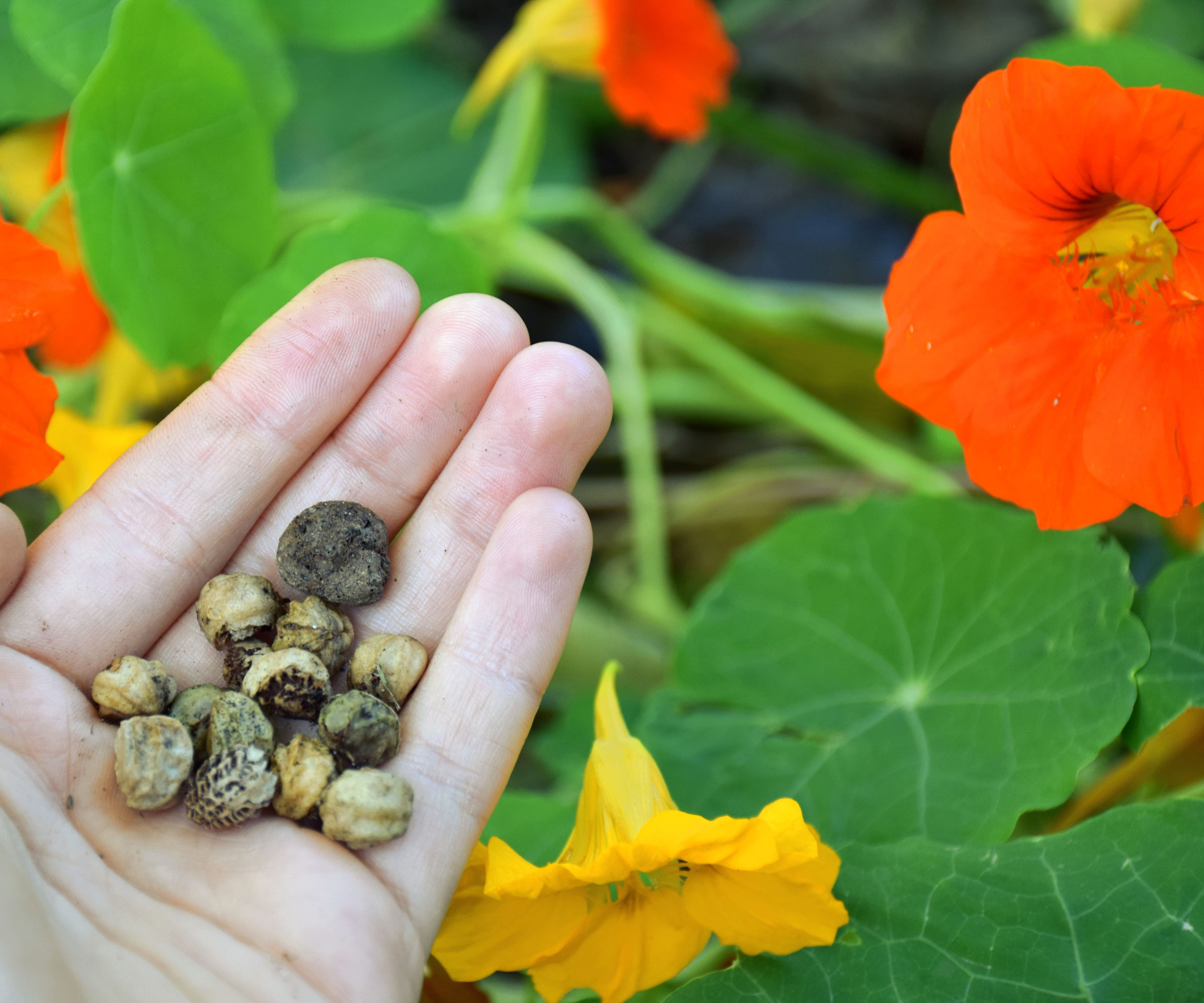
There is a limited window of time to harvest seeds from plants you want to grow again next year. Many summer annuals are now reaching maturity. If you’ve avoided deadheading some of the flowers so you can get seeds, this is the time to check on them to see if they’re ready. Some excellent annuals with seeds you can harvest in August include larkspur, cornflowers, nasturtiums, nigella, calendula and poppies.
Mature seeds ready for harvest are dry and easily removed. You should be able to shake the seed heads over a bowl or paper bag and get plenty. If they’re not coming off easily, check again a little later. Afternoon, when the dew has dried, is the best time to collect seeds. Spread them out on paper towels to dry thoroughly for storage. You can buy resealable Canipha Custom Envelopes from Amazon to help with storing flower seeds for future planting, with plenty of room to mark up seed details.
3. Sow Seeds for a Fall Crop
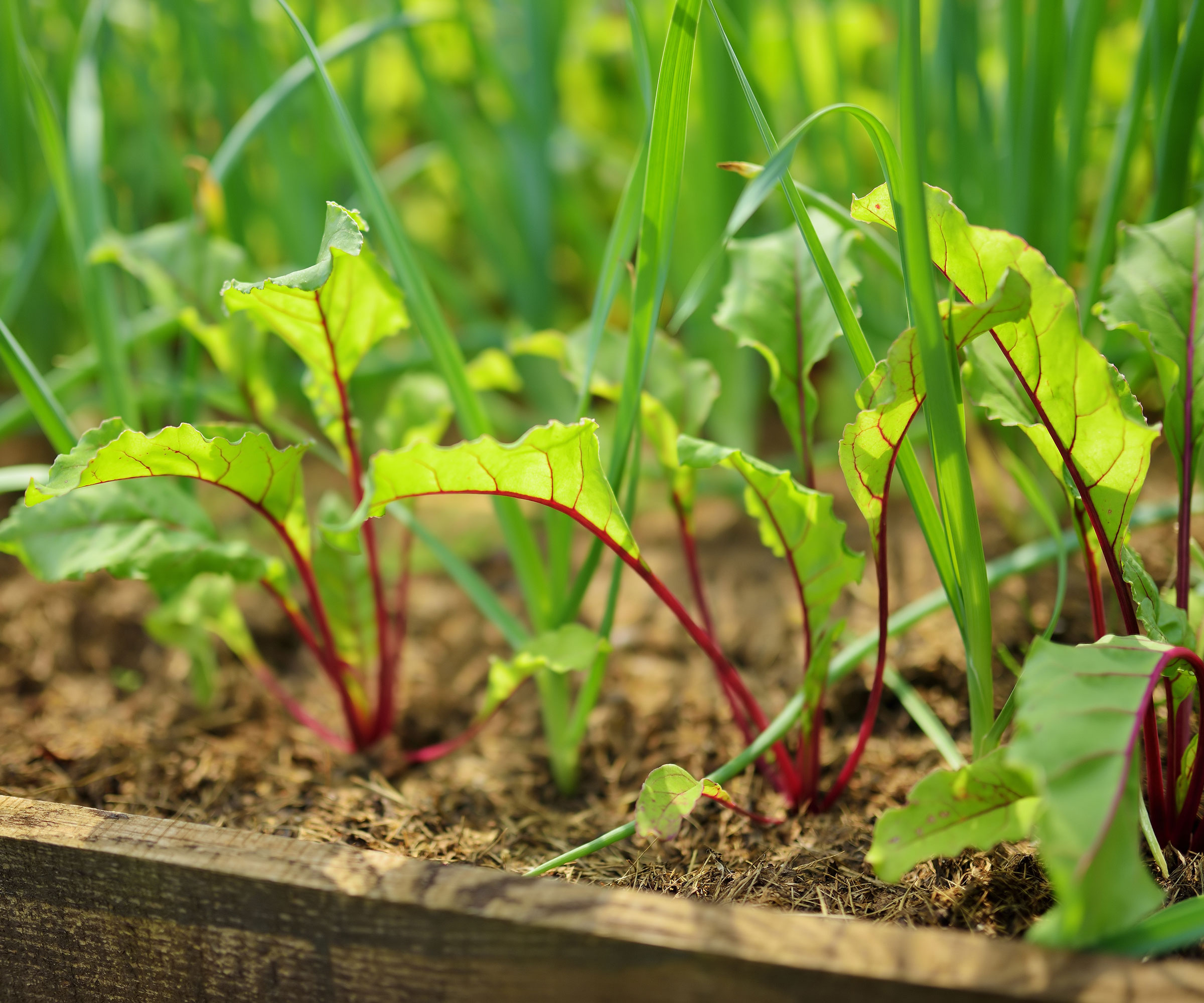
The end of summer is the last chance for many gardeners to get in one more harvest for the year. What you start from seed now will depend on your growing zone, but for many, this is a good time to sow seeds for fast-growing, cool-weather crops.
Sign up for the Gardening Know How newsletter today and receive a free copy of our e-book "How to Grow Delicious Tomatoes".
Get additional harvests of radishes, beets, turnips, carrots, lettuce, arugula, and kale by sowing those seeds directly into the soil. Try Beetroot ‘Chioggia’ from Burpee, with its distinctive pink and white swirls. Everwilde Radish ‘White Icicle’ from Walmart develops impressively quickly and tolerates August plantings.
If the current weather is still hot, cool the soil first by watering it well and covering it to create some shade. Protect the germinating seeds and growing seedlings as you await the cooler weather of fall.
4. Weed, Weed, and Weed Again

Weeding is an ongoing chore, but whatever you do, don’t let those weeds take hold now. One of the worst weeding mistakes you can make now is to do nothing at all. Clearing your beds of weeds at the end of summer will improve the health of your fall garden and make spring bed prepping much, much easier. So don’t skip a few critical weed controls on a weekly basis, even if it’s just to pull weeds by hand.
Weeds do more than just make beds look messy. They also compete with your plants for nutrients, water, and even sunlight if they get tall enough. Late summer is a good time to clear out weeds before they can put out one last round of seeds that will take root next spring. The Wooden Handled Stainless Steel Weeder and Pink Hori-Hori knife, both from Burpee, are excellent options for making light work of weeding.
5. Divide Spring and Summer Perennials
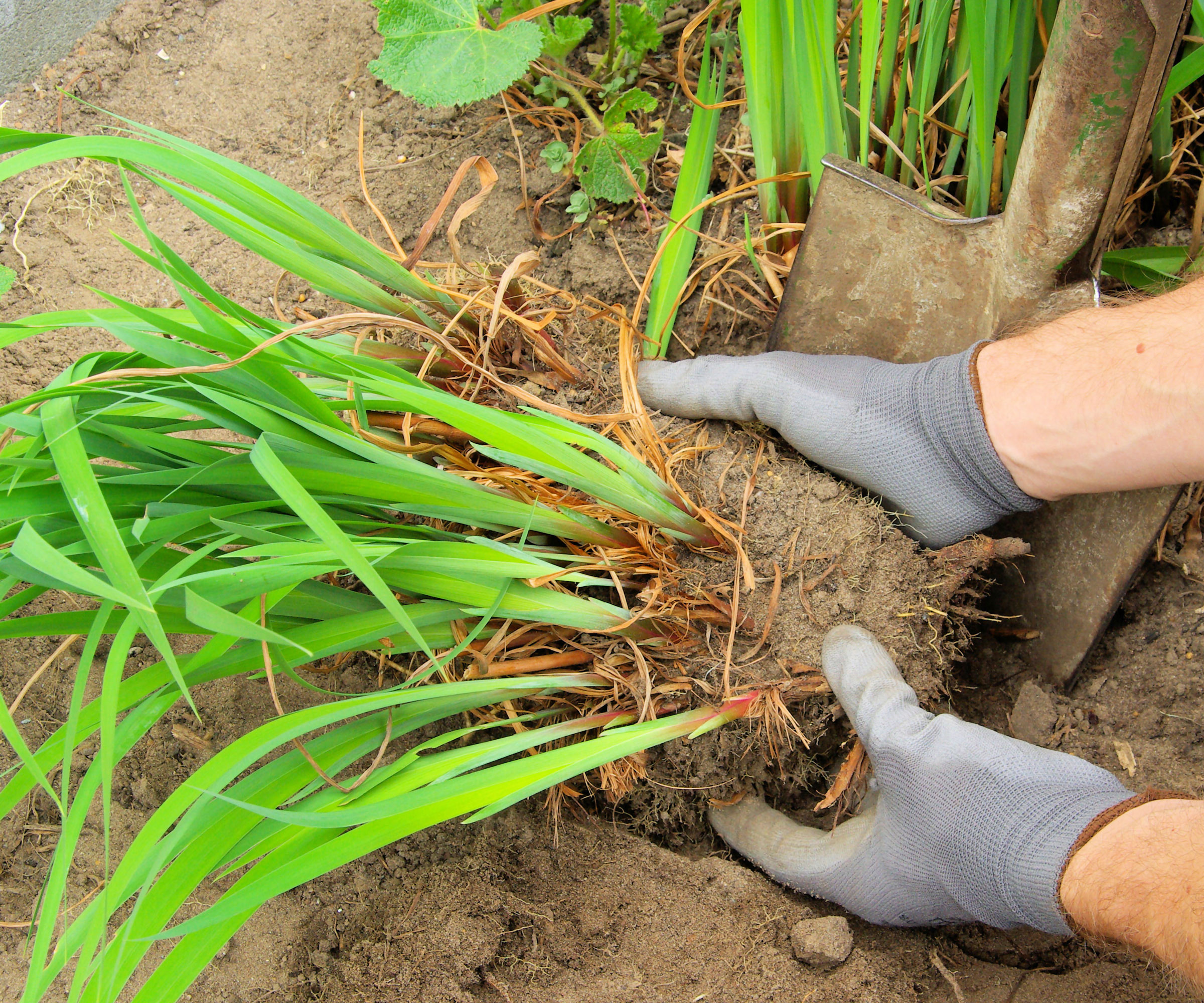
Most perennial flowers and plants need to be thinned out and divided every few years. This helps reduce crowding and competition and keeps plants healthy and thriving. Late summer-early fall is the best time to divide the perennials that are done blooming for the season, such as crocosmia, daylilies, irises, phlox and hostas.
Dividing these perennials now will allow you more time in spring to divide the fall-blooming perennials. Be sure to divide your spring and summer flowers several weeks before you expect the ground to freeze. This gives them time to establish roots. Certain perennials will need storing in a safe, dry place in a shed or garage or similar. You can get Multifunctional Iron Storage Boxes from Walmart to help with storing lifted perennial bulbs that need keeping safe for next year.
6. Plant New Perennials
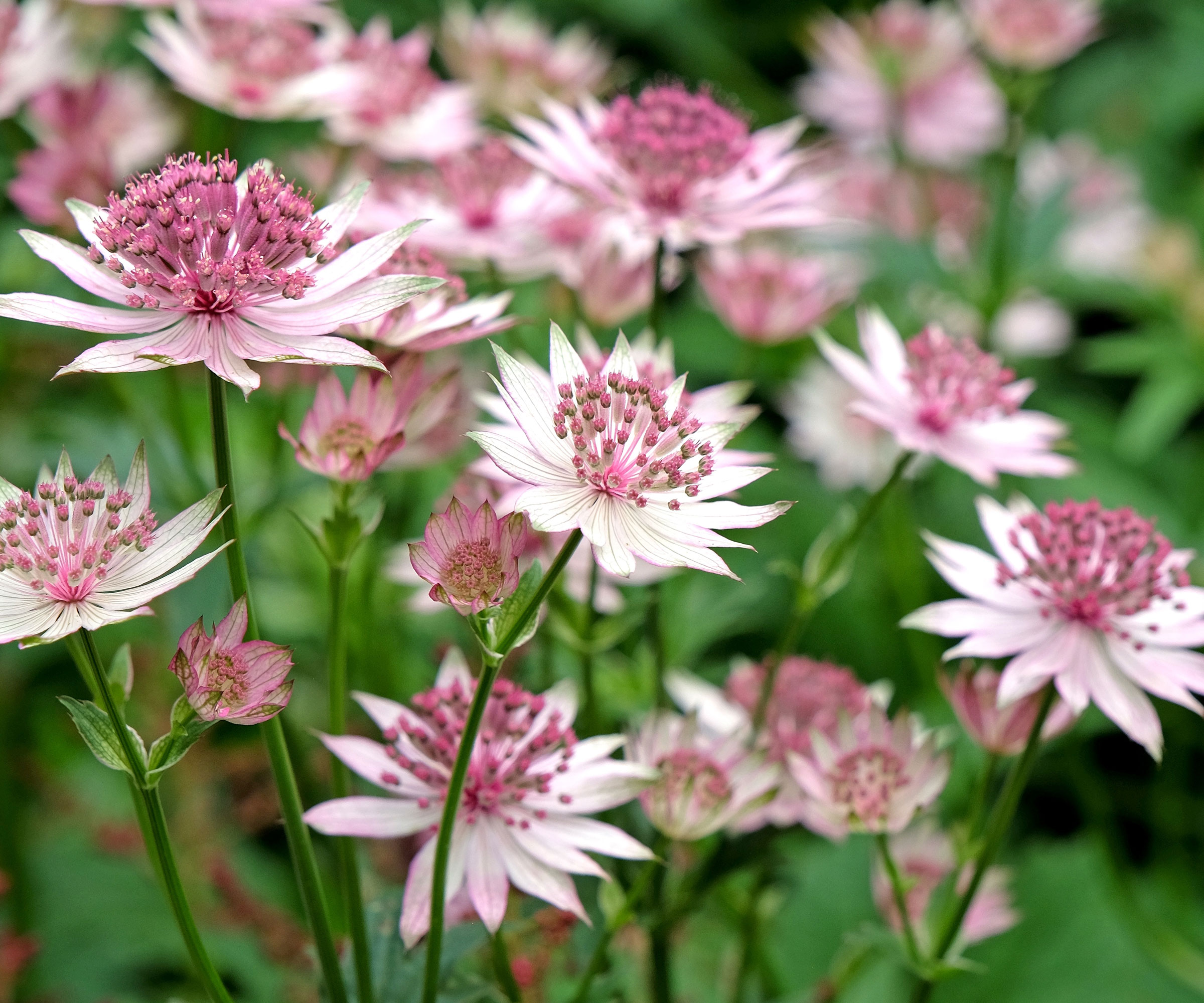
Don’t wait too long to put in new perennials. August is a good time to get new plants in the ground, so they have time to get established before the first frost. You can do this either by planting flower seeds or planting live plants. Take the time to dig holes that are deep enough for the new perennials. Add compost and loosen the soil.
Surround the base of the plant with mulch to keep moisture in and protect its young roots from winter temperatures. Try cerinthe, masterwort, and sweet Joe Pye weed, as well as red hot pokers and coppertips. You can buy Astrantia ‘Rose Symphony’ from Amazon and Cerinthe ‘Blue Shrimp’ seeds from Amazon.
7. Attend to Your Lawn

Now is the time to make sure your lawn is as healthy as possible heading into winter. As with so many end-of-summer gardening chores, lawn care sets you up for a better spring. The soil has likely become depleted of nutrients throughout the summer, so add a slow-release and balanced lawn fertilizer, such as Scotts’ Green Max Lawn Food from Amazon.
This is also a good time to manage weeds in the lawn. Consider using a weed and feed product that fertilizes the grass but also kills weeds. While you can reseed bare spots at any time, the end of summer is the right time to start overseeding the entire lawn. This will help thicken the turf. Doing it now gives the seed plenty of time to establish before winter.
You can try Scotts’ Turf Builder Thick'R Lawn Sun and Shade from Amazon to give an overall boost to your lawn thickness as well as health. Or, if you just want to target specific areas of your lawn, use Scotts’ EZ Seed Patch & Repair from Amazon.
8. Manage Pests and Diseases
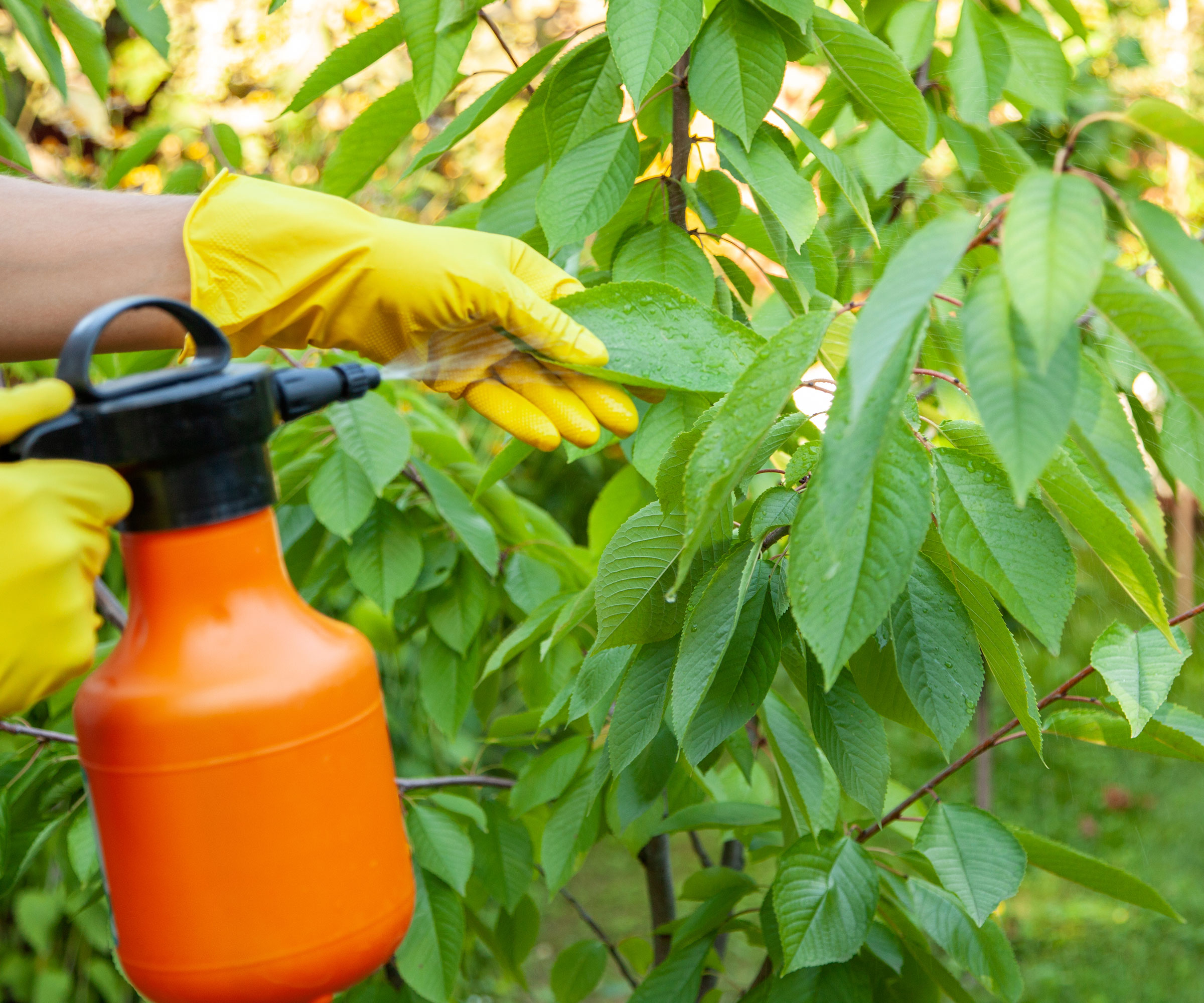
Start your fall cleanup now to limit the spread of disease and to manage pests in the garden. Clean up dead plant debris as it forms. Letting it lie in the fall as temperatures cool and it gets rainy only increases the risk that diseases will spread to other plants. Dispose of any diseased plant material with your waste (and not in your compost pile).
You should also keep an eye on pests on plants – this should be something you do every day. Take measures to manage any pest numbers before they have a chance to hunker down for winter. Aphids can still be a problem in late August, so it’s important not to be complacent.
Use specific methods to target the pests you see in the best way. Many will respond well to eco-friendly insect sprays or homemade recipes using dish soap. Diluted neem oil sprays and organic pesticide washes are another excellent way of keeping pest numbers in check. Try Bonide’s Captain Jack’s Neem Max Ready To Use Spray from Walmart. Alternatively, use Nature’s Will Pure Organic Concentrated oil from Amazon, which is effective with insecticidal soap – just make sure it is diluted.
9. Repot Pot-Bound Houseplants
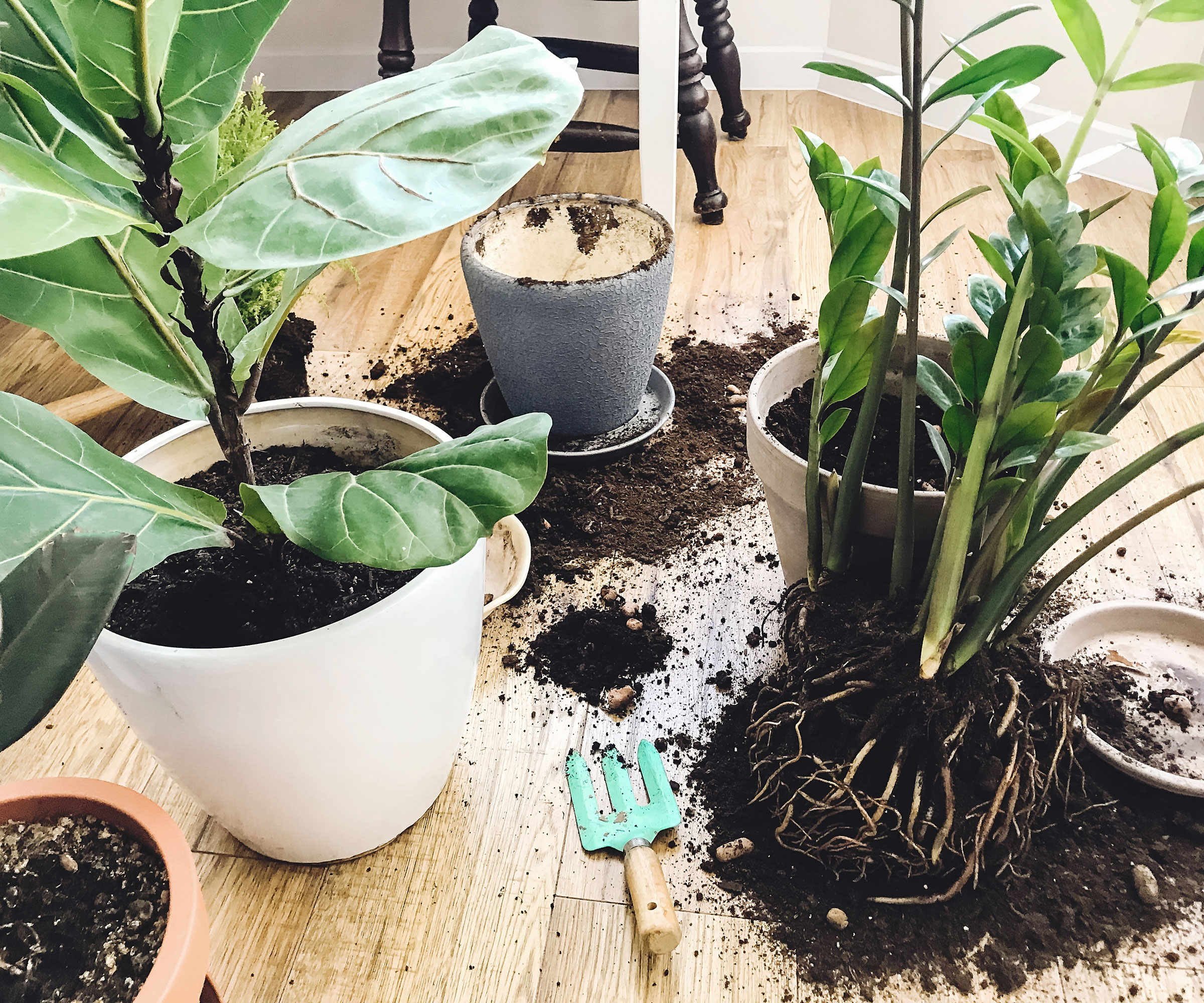
Don’t restrict your end-of-summer chores to the garden. This is also a good time to take a look at your houseplants and see what they need heading into winter. It’s a great time to repot any houseplants that need a little more room. Get it done while the weather outside allows you to work and keep the mess outdoors. It’s particularly important to do this if you notice that any plants require a lot of water that seems to disappear almost immediately, or if there are roots circling the bases of the pots.
You can easily turn this essential houseplant care into a stylish project. You can get Natural Rattan Hanging Planter Baskets from Walmart to help with repotting trailing plants such as pothos and philodendron. For a charming freestanding option, the Classic Home & Garden Store Honeysuckle Tequila Sunrise Planter from Amazon is large, durable and stylish.
Need more ideas for timely gardening jobs and seasonal expert advice delivered straight to your inbox? Sign up for the free Gardening Know How Newsletter!

Mary Ellen Ellis has been gardening for over 20 years. With degrees in Chemistry and Biology, Mary Ellen's specialties are flowers, native plants, and herbs.
